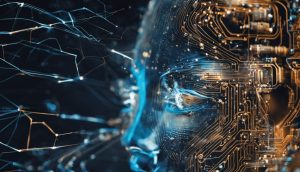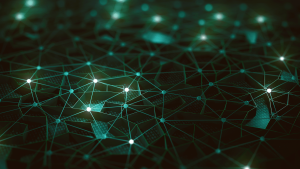AI-generated images have revolutionized digital art, allowing users to create stunning visuals from text-based prompts. However, many users notice that AI image generator can’t make it night accurately in certain cases. Despite advanced machine learning models, Ai That Creates Images struggles with lighting, shadow realism, and distinguishing between twilight and deep night. Why does this happen? This article explores the reasons behind AI’s difficulty in generating true nighttime scenes, the limitations of current AI training data, and how users can improve their night image generation results.
Understanding AI Image Generation
How AI Interprets Visual Prompts
AI image generation relies on deep learning models trained on massive datasets of labeled images and text descriptions. Tools such as DALL·E 3 and Dall E Ai Generator analyze input prompts, extract key details, and generate images based on their learned visual associations. However, the way AI understands “night” can be inconsistent, leading to images that don’t fully capture nighttime realism.
Other recommended reads:
- Can You Use Ai Generated Images For Public Media
- Ai Write A Childrens Book With Ai Pictures
- Ai Image Generator To Create A Webtoon Story
The Role of Training Data in AI Limitations
One of the main reasons why AI image generator can’t make it night properly is the composition of its training data. AI models learn by analyzing millions of images, but if the dataset contains more daylight images than night scenes, the AI may struggle to generate nighttime visuals accurately. Key training limitations include:
- Insufficient night imagery – AI is often trained on more daytime than nighttime images.
- Overexposed night scenes – Some night images in AI datasets may be artificially brightened.
- Lack of lighting realism – AI may fail to replicate the way shadows and artificial light behave at night.
If the dataset lacks enough high-quality nighttime images, the AI model may default to generating well-lit scenes, even when prompted for a darker environment.
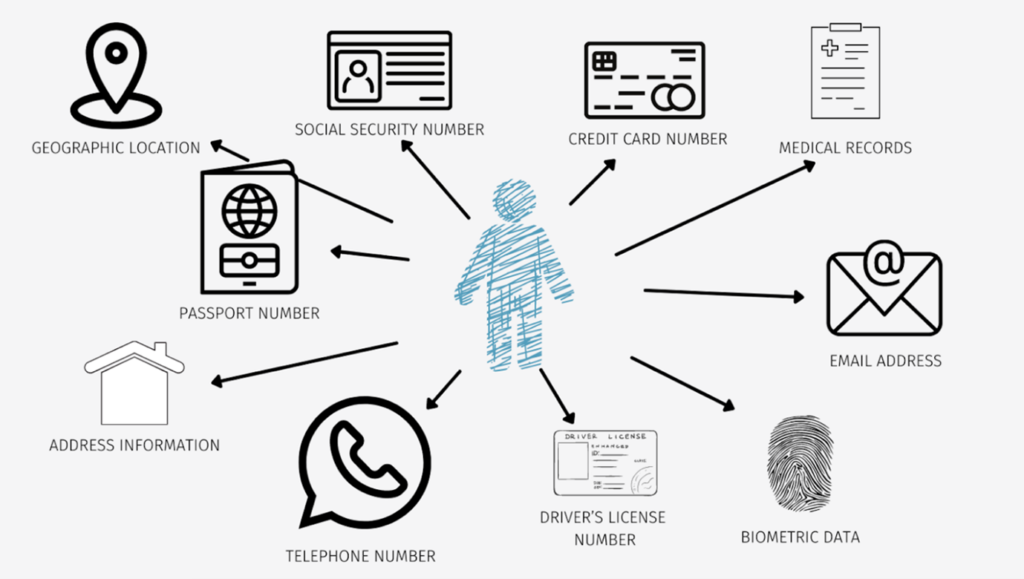
Why AI Struggles with Nighttime Rendering
Challenges in Simulating Nighttime Lighting
Creating a realistic night scene involves complex lighting physics. AI models often struggle to:
- Handle low-light conditions – AI may not accurately simulate dim lighting or darkness.
- Depict realistic light sources – Artificial lights, such as streetlights or neon signs, may appear inconsistent.
- Balance shadows and highlights – Shadows in AI-generated night scenes may look unnatural.
For instance, when users ask for a “city street at midnight,” AI may generate an image that looks more like dusk than true nighttime due to an overemphasis on light sources.
If you’re interested, check out:
- Is There An Ai That Will Search For Images
- How To Remove Ai From Image Serching
- How To Ai Animate A Picture
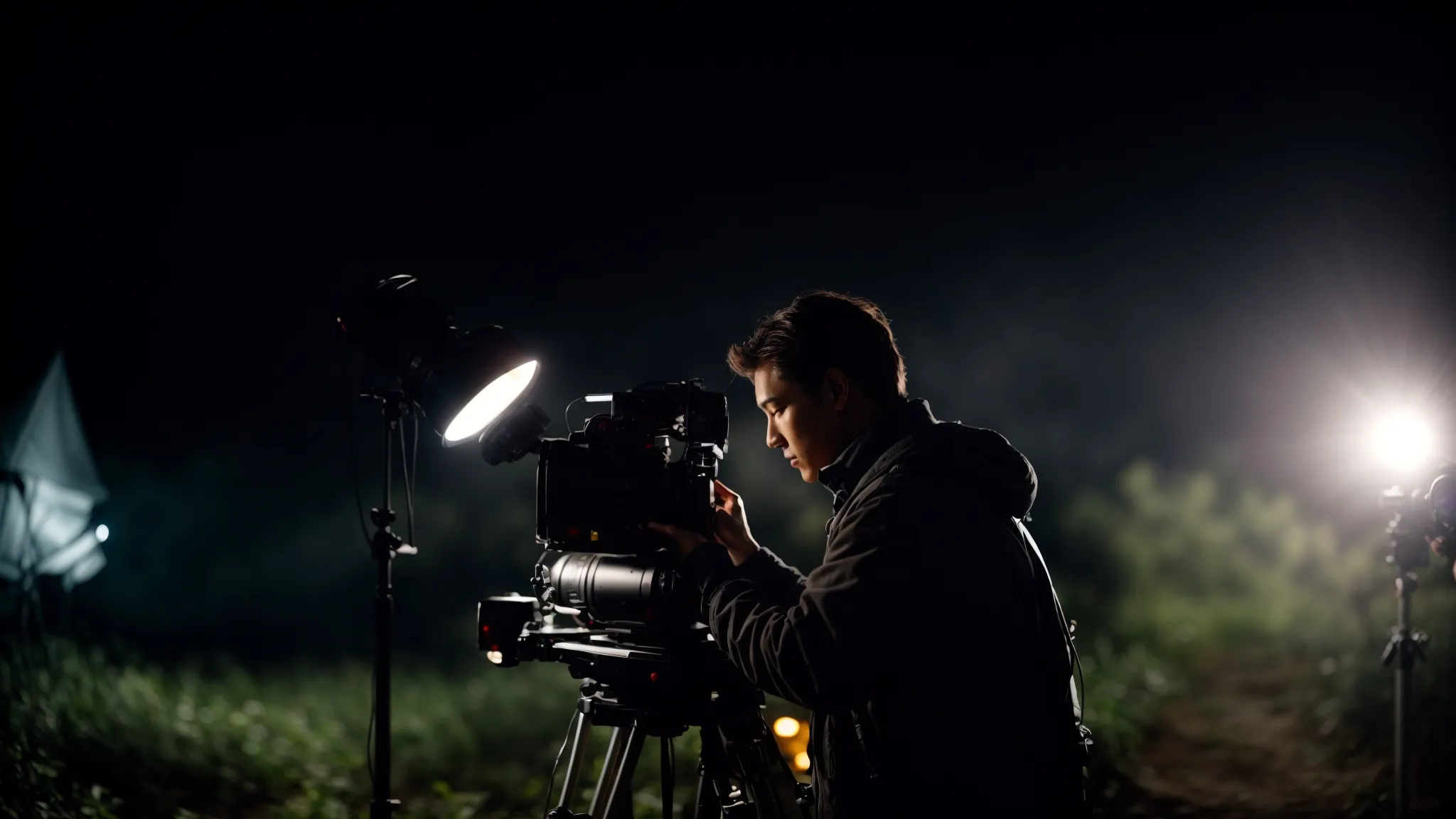
Common Mistakes in AI-Generated Night Scenes
AI sometimes overcompensates for night effects by applying incorrect filters. Common mistakes include:
- Adding excessive blue or purple hues – Instead of adjusting brightness and contrast, AI may simply overlay a dark blue tint.
- Overexposure of artificial lights – Streetlights or neon signs may appear too bright, washing out surrounding details.
- Blurry or grainy textures – Some AI models struggle with noise control in dark images, making night scenes look unrealistic.
Additionally, AI often mistakes twilight for night, leading to visuals with too much ambient light.
Complete guide to:
- Ai Image Generator How To Get Night Shots
- Ai Image Generator With No Restrictions
- What Are The Benefits Of Text To Ai Images
- What Ai Does Not Have Any Restrictions On Image Generation
How to Improve AI-Generated Night Images
Crafting Better AI Prompts for Night Scenes
To enhance nighttime image generation, users should modify their prompts with more specific details. Instead of simply requesting “a night scene,” consider these refined prompt structures:
- Describe the environment in detail – “A quiet forest under a starry night sky, illuminated by moonlight.”
- Mention lighting sources – “A neon-lit cyberpunk city street at midnight, glowing with red and blue lights.”
- Specify darkness levels – “A deep, shadowy alleyway with minimal light, barely visible outlines in the dark.”
The more detailed the prompt, the more accurately the AI can generate nighttime visuals.
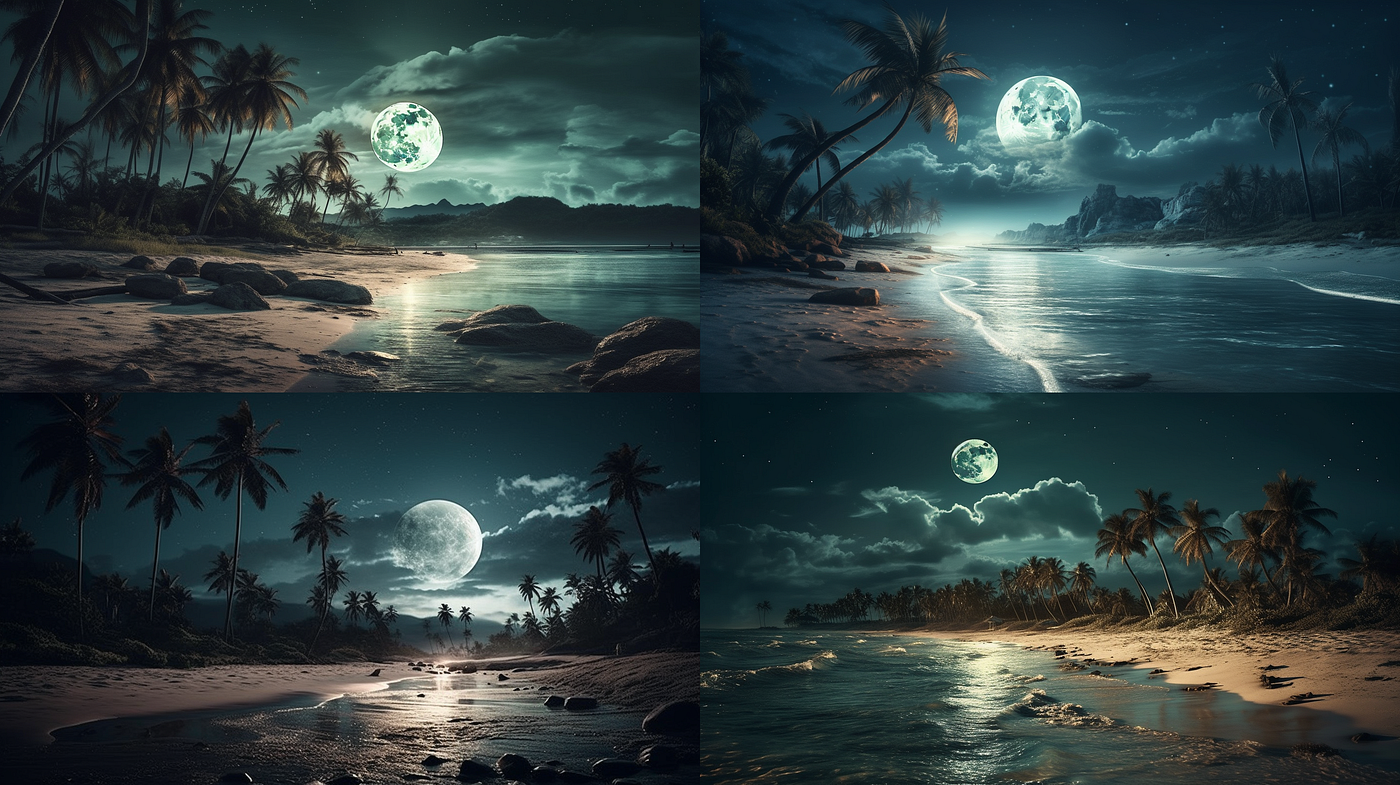
Using AI Editing Tools for Night Effects
If an AI image generator can’t make it night, users can enhance their images with post-processing tools. Options include:
- Adjusting brightness and contrast – Lowering brightness and increasing contrast enhances nighttime realism.
- Adding realistic light effects – Tools like Photoshop allow users to insert streetlights, moonlight, or reflections.
- Applying AI-powered filters – Some AI tools can modify the time of day within an existing image.
For example, if an AI-generated image appears too bright for a night scene, post-processing can help darken it without losing essential details.
AI Image Generation and Contextual Awareness
The Challenge of Contextual Understanding
AI-generated images often lack true contextual awareness. This means AI may struggle to differentiate between various nighttime settings, such as:
- Urban vs. rural night scenes – A city at night looks vastly different from a dark forest, but AI may not always capture this distinction.
- Different light pollution levels – AI may not consider how urban areas have bright skies while remote locations are pitch black.
- True night vs. stylized night – AI-generated night scenes sometimes appear artificial, resembling a painting rather than a realistic photo.

AI’s Future Improvements in Night Rendering
Developers of AI image generation models, such as OpenAI, are continuously refining AI’s ability to generate nighttime scenes. Future improvements may include:
- More balanced training datasets – Adding more high-quality night images to improve realism.
- Advanced shadow and light physics – Enhancing AI’s ability to simulate realistic night lighting.
- Better understanding of user intent – AI will recognize nuanced details, such as distinguishing “early evening” from “deep night.”
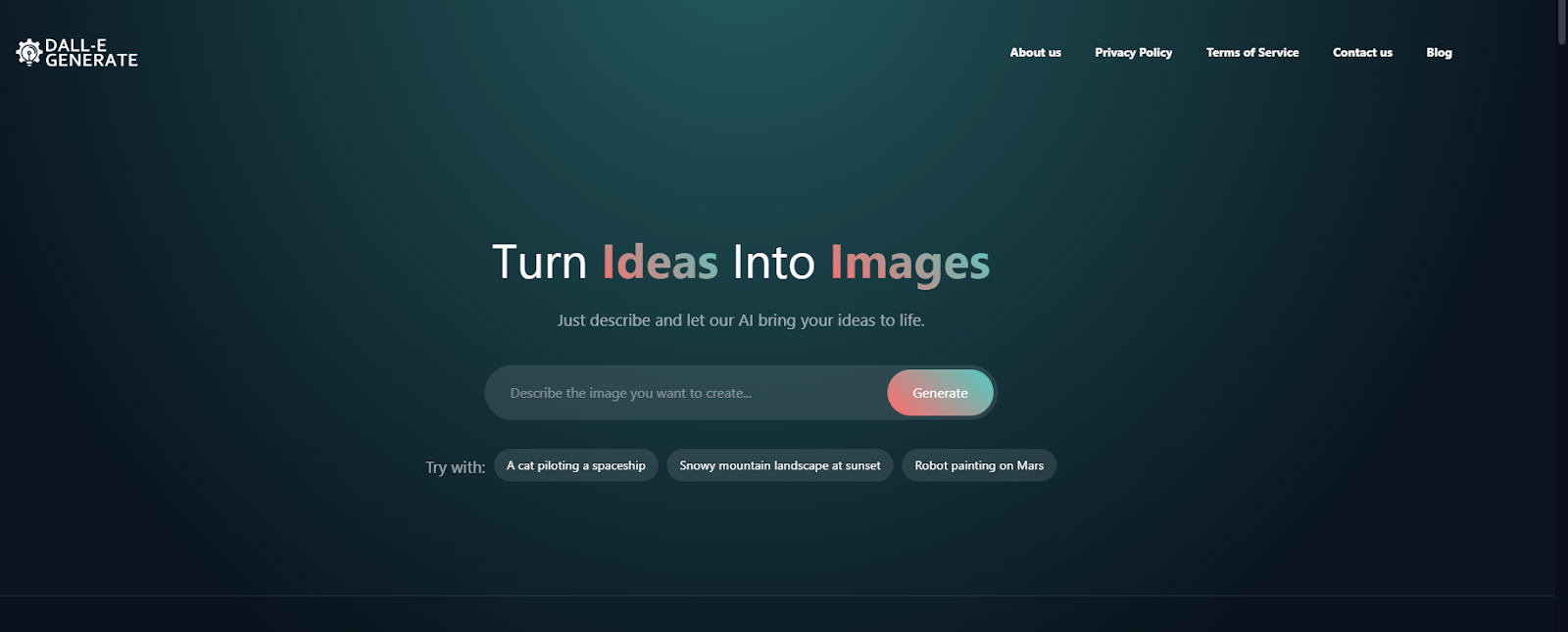
The Role of AI in Nighttime Photography and Digital Art
AI-Assisted Night Photography Enhancements
Even though an AI image generator can’t make it night perfectly, AI is still widely used in night photography. Key applications include:
- Noise reduction in low-light photos – AI-powered tools enhance clarity in dark images.
- AI-assisted night mode on smartphones – Phones use AI to brighten night shots without losing detail.
- Color correction for nighttime images – AI tools adjust white balance for more natural night colors.
Using AI in Digital Art for Night Effects
Artists can combine AI-generated images with traditional digital editing techniques to create more convincing night scenes. Dall-E Generate and other AI tools provide a base image, which artists can refine by adjusting lighting, adding shadows, or enhancing night effects manually.
Conclusion
The challenge of why AI image generator can’t make it night highlights the complexities of lighting, training data biases, and AI’s struggle with contextual understanding. While current AI models have limitations, users can improve night scene generation by refining prompts, using editing tools, and leveraging AI-assisted night photography techniques. As AI technology advances, we can expect more realistic and detailed nighttime images, opening new creative possibilities for artists, designers, and digital content creators.

